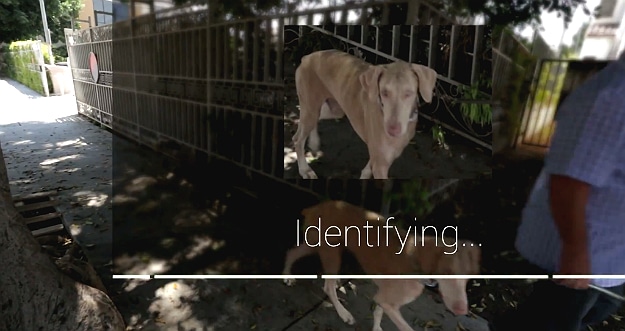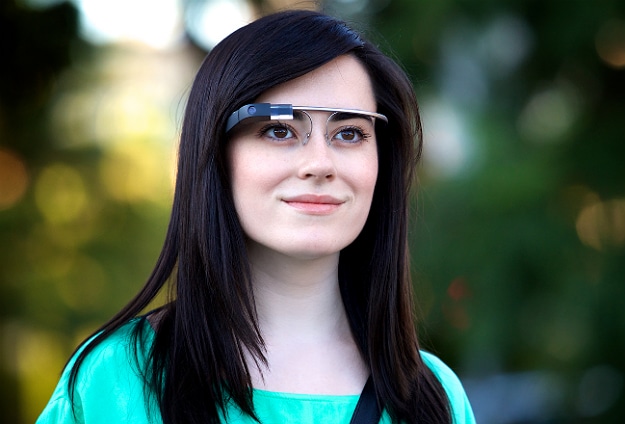Search is changing. According to experts, the future holds a more immersive search experience, and it’s not too hard to imagine considering the amount of wearable gadgets that keep being introduced. Google Glass is most likely the most popular and talked about wearable gadget to date, except the newly announced Apple watch that is. More and more people are sporting the hip and highly advanced Google Glass glasses, which means people will be looking for new ways to compute their ever growing hunger for knowledge. This of course also means that search has to evolve, and it will do so with applications such as CamFind.
We recently introduced you to CamFind’s advanced and ultimately feature-packed new version, and in this article we are following up that article with a closer look at the intense success the CamFind app has enjoyed since then.
I have personally fallen in love with this application and I use it almost daily. It’s one of the most powerful tools to gain more information about pretty much anything and everything. I’ve been able to save big on purchases just because I’ve been able to find my desired product cheaper while allowing CamFind to identify the product and search for other retailers. Not only that, I’ve been able to instantly pull up information about things that I had no clue about prior to using CamFind. In my humble opinion, it’s the ultimate search experience and one that I won’t let go of easily.
Having tried Google Glass on several occasions, CamFind and Google Glass would be an almost unbeatable marriage, and it would be wise if Google implemented the CamFind search technology directly into the Google Glass experience itself. Implementing their Google Goggles technology alone would not make visual search as useful on Glass as preinstalling CamFind would.
A recent VentureBeat article introduced us to a scenario where 50% of all online searches will be image or speech-driven, and this is where things get exciting. One of the areas that this technology excels in is its user interface and the accuracy. The learning curve for novice computer users has always been the technology driving the experience. But with image and speech-driven search we’re literally obliterating this barrier and rely entirely on pre-programmed behaviors that we all already know, visual and speech.
CamFind, perhaps the most advanced image search technology in existence, could, if implemented, single-handedly change the way we approach the Internet. Google alone processes 40,000 search queries every second on average, which translates to around 3.5 billion searches per day. Now imagine half of those searches being image or speech-driven – that’s a lot of optimized searches that will save users a whole lot of time and effort. With a technology such as CamFind, we can expect an even greater optimization as this image search technology is developed to be quick and ultra accurate.
What many people don’t understand is that accuracy is everything. You don’t want to be left with questions when the core engagement is to search for answers. What I have personally found with CamFind is that so far the accuracy blows all competition out of the water. The technology is fast, and if implemented into a device such as the Google Glass glasses, suddenly the entire world would become your search engine. All we would have to do is to look at something and ask Glass to identify it for us. In a blink of an eye, we would have a complete virtual encyclopedia of facts presented about the object we engaged.
What makes CamFind the ultimate candidate to be implemented into the Google Glass experience is that the technology is already there. As explained in another recent VentureBeat article, CamFind already has a working Google Glass version that you can check out in the video presented at the end of this article.
Seeing this version work flawlessly on a device that is image and speech-driven is to watch the future unfold before your very eyes. We’re talking Minority Report technology, and it’s available today. It’s impressive to see how the company behind CamFind, Image Searcher, has been able to take such an advanced technology and made it so easy to use. Many people would argue that Apple makes the most user-friendly devices and software, however, this is far beyond even Apple standards.
So why do experts say that search is changing and that within the next five years or so? The answer to that question is simple to answer, it’s because the approach is so much more intuitive and user-friendly. While wearing a pair of Glass glasses you would only have to look at something, tell Glass to identify it and within a couple of seconds your search result would be presented to you. We’re talking about four technologies (image search, speech search, Google Glass and CamFind) married together into one single well-oiled experience that generates instant and accurate results every time.
The technology behind CamFind is such that the more you search, the more accurate the image recognition becomes. What this means is that for each day and even each search, the accuracy and the information returned to you will get more accurate and more in-depth.
Having used CamFind for a while now, and after watching the technology married to a pair of Google Glass glasses, it would be nothing less than a disappointment if Google were to pass up the opportunity to take Glass to a level far above its current sporting grounds by implementing CamFind in the Glass experience.
Almost every industry leading company, such as Google, Microsoft, Facebook, Twitter, Netflix and Baidu (to mention a few) is trying to implement image and speech search technologies into their popular services, and it’s now that the experience is molded and formed. CamFind has undoubtedly found perhaps the most intuitive way to implement it, and that’s going to go a long way when the competition starts picking up.
It’s a no-brainer that whoever develops the most powerful AI to power their image and speech search technology, is going to be the industry leader for a long time. If I had to try and predict the future, I would bet my money on CamFind.
Demonstrating The Google Glass / CamFind Experience



COMMENTS